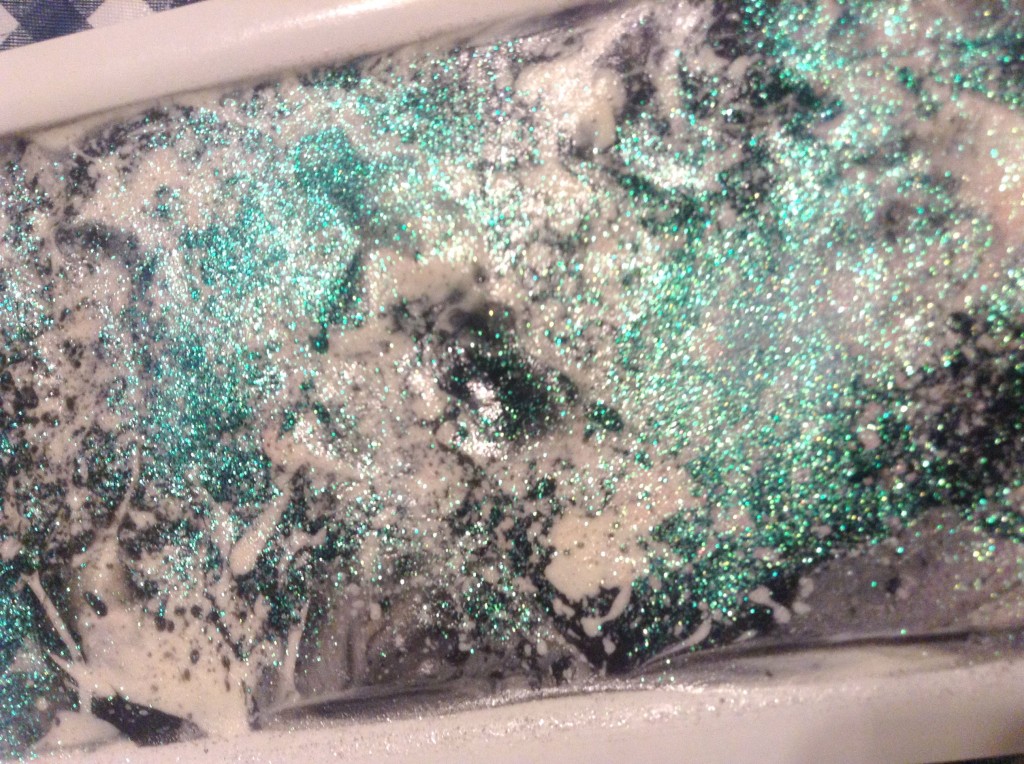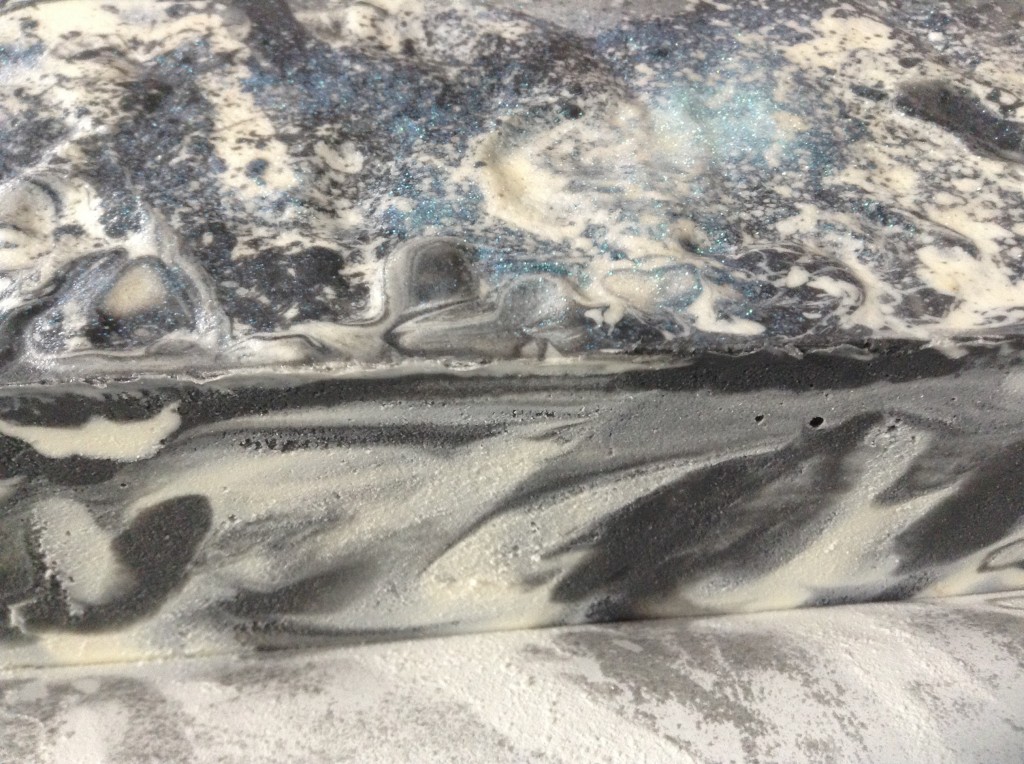 Anne-Marie Faiola is one of my favorite soapmakers, and I just loved her book Soap Crafting. I think Anne-Marie does a great job creating easy recipes and experiments that beginners can try and also inventing advanced recipes and techniques for more experienced soapmakers.
Anne-Marie Faiola is one of my favorite soapmakers, and I just loved her book Soap Crafting. I think Anne-Marie does a great job creating easy recipes and experiments that beginners can try and also inventing advanced recipes and techniques for more experienced soapmakers.
In her latest book, Pure Soapmaking: How to Create Nourishing, Natural Skin Care Soaps, Anne-Marie shares her techniques for natural (or nearly natural) soaps using essential oils and natural pigments.
Once again, Anne-Marie’s book is not only chock full of recipes but also great advice and excellent photography. Anne-Marie describes how to make herbal infusions and what hues you can expect from a long list of natural colorants (including pictures). Also included is helpful information about essential oils and using liquids besides water. In all, it has a great deal to offer both beginners and experts alike. Kudos to Anne-Marie also for explaining the clean-up process, which many books leave out. I also like that Anne-Marie describes how to create a soap tent for insulating soap so it goes through gel phase. I myself save soft drink fridge pack boxes, which are just the right size for sliding a soap mold into, and then I cover the boxes with a towel.
I do have a question for Anne-Marie, and as she sometimes reads and comments on this blog, I’m hoping she will chime in. She mentions on p. 39 that “‘light’ olive oil… doesn’t often work in soap at all.” I was curious about this comment because I usually purchase what might be called pure olive oil rather than extra virgin or virgin, and it is golden yellow in color. Is that not the same thing as light olive oil? If so, I use it in every batch of soap I make, and it works great. If it’s different, I’m curious as to what, exactly, light olive oil is.
I was drawn to Anne-Marie’s Gardener Scrub Soap made with coffee grounds, which appears on pp. 122-125. I played a bit with recipe and omitted the canola oil and used a recipe with olive oil, coconut oil, palm oil, avocado butter, and castor oil. I increased the amount of coconut oil to add more cleansing properties to my soap as well. Please note: if you tweak soap recipes from a book or website, always remember to run your new recipe through a lye calculator. I didn’t have any basil essential oil, so I made a blend of rosemary, lemongrass, and peppermint essential oils. I also didn’t have some of the colorants Anne-Marie used and substituted instead puréed carrots, yellow Brazilian clay, and chromium oxide. I had been dying to try out the multi-pour tool I recently purchased, and the Gardener’s Scrub Soap was perfect for the experiment. Anne-Marie suggests using sodium lactate to harden soaps made in silicone molds, so I took that advice as well.

For the curious, the soap with the carrots is the lighter yellow while the soap with the yellow Brazilian clay is the more orange shade. There is no colorant in the soap with coffee grounds, and the green portion is colored with chromium oxide, so all of the colorants are natural or “nature identical.” I did gel this soap to make the colors pop, and I had to place it on a heating pad to force gel. Often, simply covering it is enough. It also had a fair amount of ash on the tops because 1) I don’t have any isopropyl rubbing alcohol right now, and spraying the tops reduces ash, and 2) I have found that soaps made with essential oils are more prone to ash anyway. I steamed it right off, though, as you can see.
One of the reasons I started making soap in the first place was that I was drawn to natural soap sold at the farmer’s market I visited on the weekends when I lived in Georgia. My first soaps were all natural soaps made with no fragrance or with essential oils. As I began to experiment, I enjoyed using synthetic fragrances and colorants as well, but I find I am often drawn back to natural soaps again. Customers seem to be drawn to them as well. I enjoyed experimenting with one of the recipes in the book, and I was pleased with how the soaps turned out.
Caveat: the term “natural” is not regulated by the FDA, and Anne-Marie’s book does have some recipes that include items such as chromium oxide, which are “[t]echnically manmade” but which “have the same chemical composition as mined ones” and are therefore considered “natural” or “nature identical” (46-47). Depending on your point of view, these pigments might not be natural enough.
I would recommend this book to soapmakers at all levels of experience and particularly to those looking for inventive ways to make more natural soaps. I’m excited to try some of the other ideas in Anne-Marie’s book.




